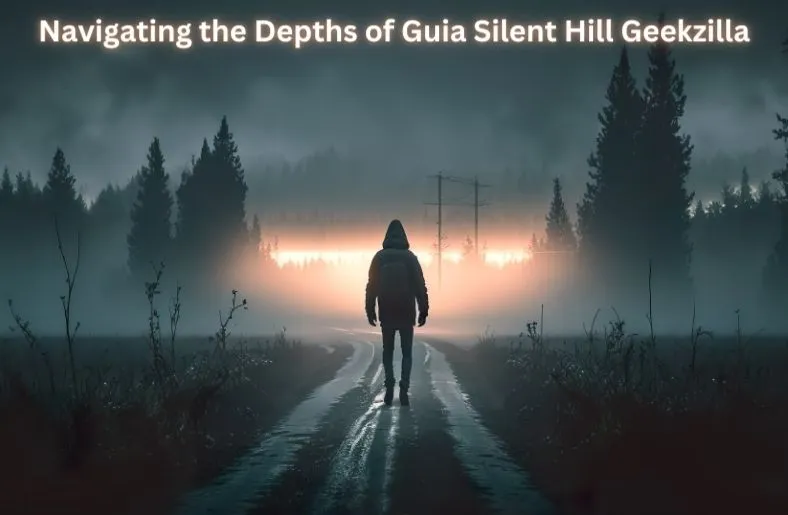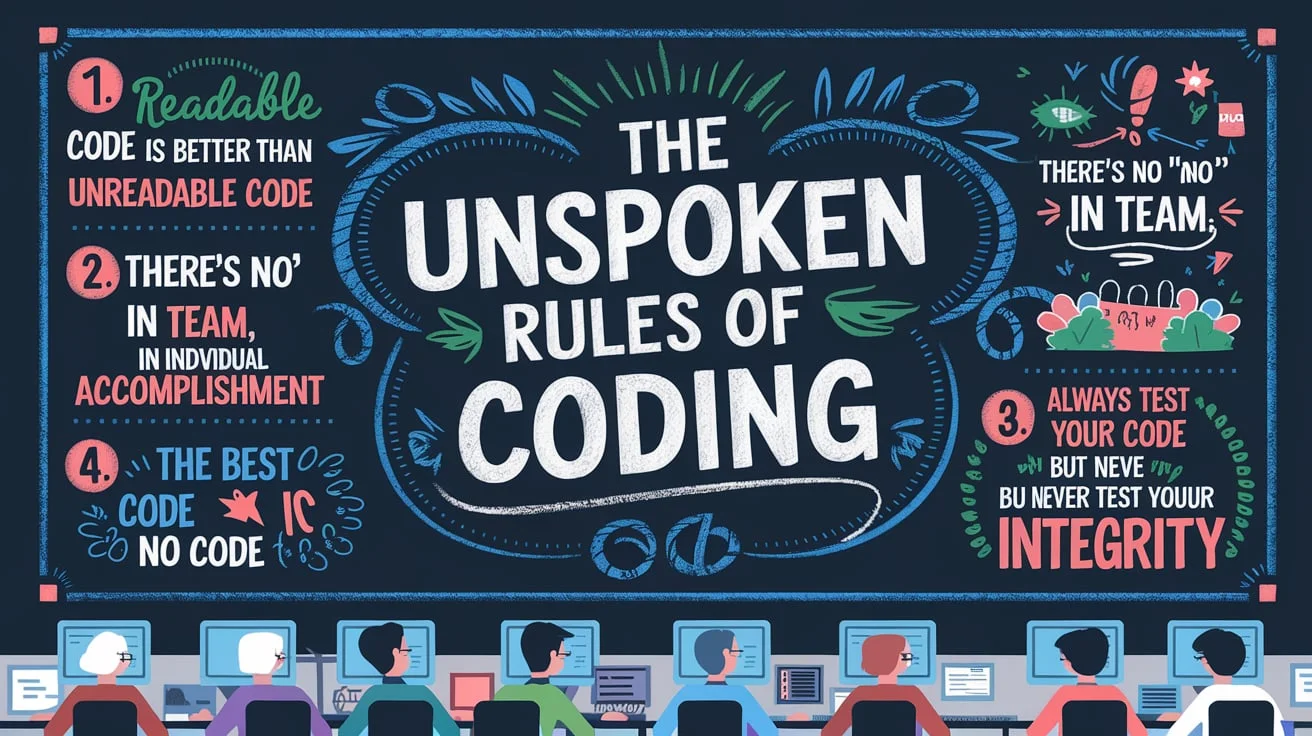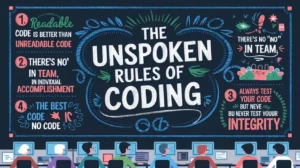Ultimate Guide to Silent Hill: Exploring the Iconic Horror Franchise
Ultimate Guide to Silent Hill: Exploring the Iconic Horror Franchise
The world of video games has seen numerous franchises come and go, but few have left a lasting impact as profound as Silent Hill. Known for its psychological horror, disturbing atmosphere, and complex storytelling, Silent Hill has captivated gamers since its debut in 1999. In this comprehensive guide, we’ll delve deep into the history, gameplay, and cultural impact of Silent Hill, making this the ultimate guide for any Silent Hill enthusiast or geekzilla looking to immerse themselves in one of the most iconic horror franchises of all time.
1. The Origins of Silent Hill: How It All Began
Silent Hill first emerged as a survival horror video game developed by Konami and released for the PlayStation in 1999. Unlike its contemporaries, such as Resident Evil, which focused on action-packed zombie-killing gameplay, Silent Hill introduced a new form of horror—a psychological one. The game was developed by Team Silent, a group within Konami that had a unique vision of creating a horror game that relied on atmosphere, sound design, and narrative rather than jump scares.
The town of Silent Hill itself is as much a character as any protagonist, with its eerie fog, abandoned buildings, and nightmarish creatures. The original game follows Harry Mason as he searches for his adopted daughter, Cheryl, in the mysterious town of Silent Hill. The game’s story is filled with twists, turns, and a heavy dose of symbolism, making it a game that has been analyzed and debated by fans and scholars alike.
2. The Evolution of Silent Hill: From Classic to Modern Horror
Guide to Silent Hill Silent Hill’s success led to the development of several sequels, each expanding on the themes and gameplay mechanics of the original. Silent Hill 2, released in 2001, is often regarded as the pinnacle of the series, praised for its deep, emotional narrative, and complex characters. The game introduces James Sunderland, who arrives in Silent Hill after receiving a letter from his deceased wife. The story explores themes of guilt, grief, and punishment, with the town serving as a reflection of James’s inner turmoil.
Silent Hill 3, released in 2003, is a direct sequel to the original game, following Heather Mason, the teenage daughter of Harry Mason. The game delves into the darker aspects of Silent Hill’s lore, including the mysterious cult that controls the town. Silent Hill 4: The Room, released in 2004, took the series in a new direction, focusing on a haunted apartment rather than the town itself. While it received mixed reviews, it remains a unique entry in the series.
As the series continued, it faced challenges adapting to modern gaming trends. Silent Hill: Homecoming and Silent Hill: Downpour attempted to bring the series into the next generation of consoles, with varying degrees of success. While these games retained the series’ trademark atmosphere, some fans felt they lacked the depth and innovation of the earlier titles.
3. The Art of Fear: Silent Hill’s Distinctive Atmosphere and Design
What sets Silent Hill apart from other horror games is its ability to create a pervasive sense of dread and unease. The use of fog and darkness not only adds to the eerie atmosphere but also serves as a gameplay mechanic, limiting the player’s visibility and heightening the sense of fear. The game’s sound design, composed by Akira Yamaoka, is equally important, with its unsettling ambient noises, dissonant music, and haunting melodies that linger in the mind long after the game is over.
The design of the monsters in Silent Hill is another key aspect of the series’ horror. Rather than relying on traditional horror tropes, the creatures in Silent Hill are often grotesque representations of the characters’ fears, guilt, and inner demons. For example, the iconic Pyramid Head from Silent Hill 2 symbolizes James Sunderland’s desire for punishment and the guilt he carries over his wife’s death. These monsters are not just obstacles to overcome; they are integral to the story and the psychological horror that defines Silent Hill.
4. Silent Hill in Popular Culture: A Legacy of Horror
Silent Hill’s influence extends far beyond the world of video games. The franchise has spawned a wide range of media, including films, comics, and even pachinko machines. The 2006 Silent Hill movie, directed by Christophe Gans, is one of the more successful video game adaptations, capturing the eerie atmosphere and visual style of the games. While the film received mixed reviews, it has since become a cult classic among horror fans.
Silent Hill’s themes of psychological horror, guilt, and the supernatural have also influenced other media, including films like Jacob’s Ladder and The Ring. The series’ impact on the horror genre as a whole cannot be understated, as it helped to redefine what horror could be in video games, moving away from pure action and gore to something more introspective and unsettling.
5. Geekzilla’s Take: Why Silent Hill is a Must-Play for Horror Fans
For the uninitiated, diving into the Silent Hill series can be daunting. With multiple games, spin-offs, and adaptations, where does one start? Geekzilla recommends beginning with Silent Hill 2, widely regarded as the best entry in the series. Its story, atmosphere, and emotional depth make it a standout title not just in the series but in the history of video games. If you’re a fan of psychological horror, complex narratives, and unsettling atmospheres, Silent Hill is a must-play.
For those who prefer a more modern gaming experience, Silent Hill: Shattered Memories offers a unique reimagining of the original game. Released for the Wii in 2009, Shattered Memories focuses on exploration and psychological profiling, with the game adapting to the player’s actions and choices. It’s a fresh take on the Silent Hill formula and a great entry point for new players.
6. The Future of Silent Hill: What’s Next for the Franchise?
After years of silence, the future of Silent Hill looks brighter than ever. In recent years, rumors and speculation have circulated about a possible reboot or new installment in the series. While nothing has been officially confirmed, the recent resurgence of interest in horror games, coupled with the success of remakes like Resident Evil 2, suggests that a return to Silent Hill could be on the horizon.
In the meantime, fans continue to celebrate the legacy of Silent Hill through fan art, cosplay, and online communities. The town of Silent Hill remains a place where fear and fascination intertwine, a testament to the enduring power of psychological horror.
7. Conclusion: Silent Hill’s Enduring Legacy
Silent Hill is more than just a series of horror games; it’s a cultural phenomenon that has left an indelible mark on the world of gaming and beyond. Its unique blend of psychological horror, atmospheric design, and deep storytelling has captivated millions of players worldwide, making it a franchise that continues to be celebrated and analyzed to this day.
Whether you’re a seasoned fan or a newcomer to the series, there’s no denying the impact Silent Hill has had on the horror genre. As we look to the future, one thing is certain: the fog-covered streets of Silent Hill will continue to haunt our dreams and inspire new generations of gamers.
For any geekzilla with a passion for horror, Silent Hill is a series that demands exploration. So, grab your flashlight, steel your nerves, and prepare to venture into the unknown. Silent Hill awaits, and it’s a journey you won’t soon forget.













Post Comment